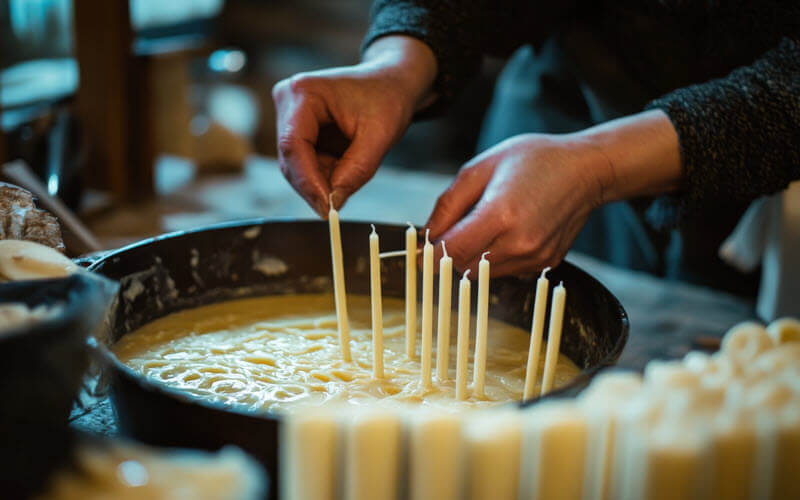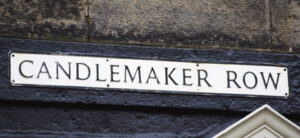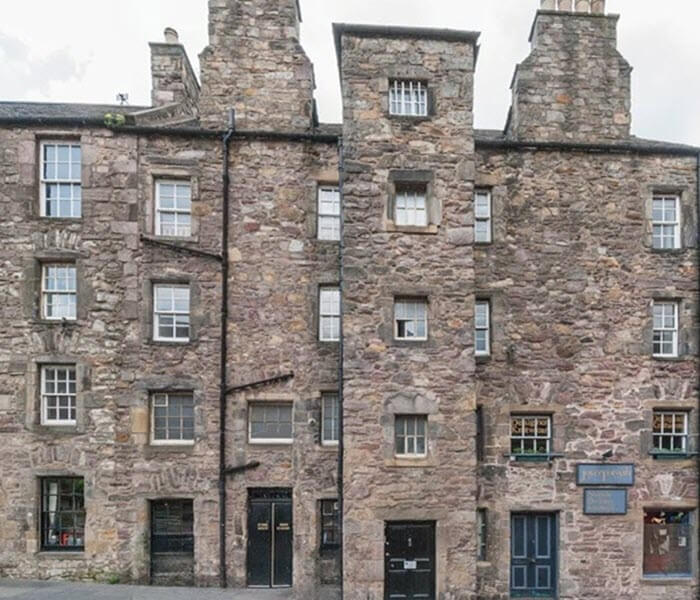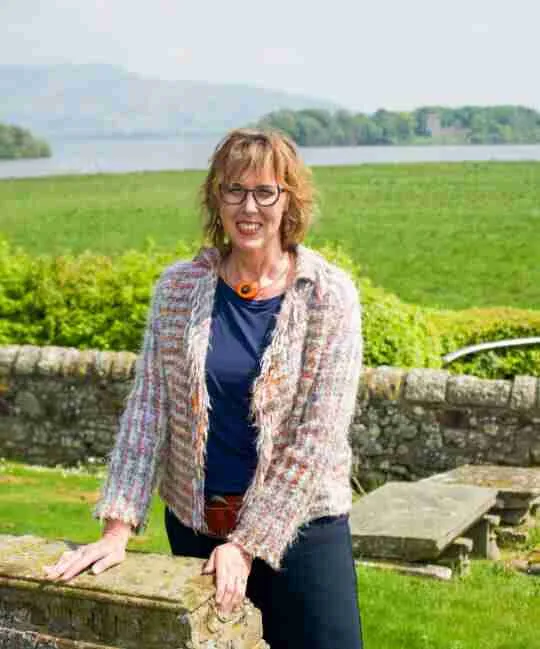Before the introduction of gas and electricity, the candlemaker supplied light to homes, businesses, and places of worship. Candles also played a symbolic and practical role in Society. For example, they marked the passage of time and they were also used in religious observances.
Candle making was an occupation essential to daily life in pre-industrial Scotland. As such, the craft was regulated by local trade incorporations or guilds, particularly in the burghs.
What is a Chandler?
The word chandler is an old occupation term for a candlemaker. It comes from the Old French chandelier, meaning candle-maker.
Over time, the term broadened to include suppliers of general goods, particularly in maritime contexts, for example ship chandlers. However, in the Scottish historical context, chandlers referred specifically to those working with candles.
To avoid confusion, this article focuses on historical chandlers, not the modern cultural reference to Chandler Bing from the television show Friends!
Methods Used by a Candlemaker
Scottish candlemakers worked with one of the two materials:
- tallow was made from animal fat. It was widely available and affordable, making it the most common choice for domestic use. Tallow maker was also another term for candlemaker or chandler.
- beeswax was more expensive and typically used in churches, law courts, and wealthier homes. This was because it had a cleaner burn and produced less smoke.
Typically, the wick was dipped multiple times into melted tallow or wax, allowing each layer to cool before the next layer was added. However, some candlemakers used moulds to create uniform candles which was more efficient.
Because of the strong smell associated with tallow processing, candle making was often carried out in workshops away from main residential areas.
Incorporations and Guilds of Candlemakers
Like many other trades, candle making in Scotland’s burghs was a regulated occupation.
For example, the Incorporation of Candlemakers in Edinburgh was established by the 16th century. Their hall on Candlemaker Row, built in 1722, still stands today behind Greyfriars Bobby and it is the only remaining incorporation hall in Edinburgh.
While the building is no longer owned by the Incorporation, its members can use it for meetings and social events, with the relevant owner’s permission.
Candlemaker guilds and incorporations were responsible for:
- apprenticeships, which typically lasted 7 years.
- admission of freemen which was granted to those who completed training and produced an acceptable ‘masterpiece’.
- quality control to ensure consistency in candle weight, materials, and pricing.
As a result, candlemakers sold their products by weight, and their transactions frequently appeared in estate records and household account books.
In addition, the incorporations held broader civic responsibilities. Members were expected to contribute to charitable causes and participate in public events or processions. Consequently, their regulations helped uphold standards and support the local community.
The Decline of the Candlemaker
By the 19th century, the old occupation of the candlemaker began to decline. As gas lighting became widespread in towns, and later electricity, the demand for handmade candles dropped significantly.
While some candlemakers adapted by selling oil lamps and other lighting products, many left the trade altogether.
Where to Find a Candlemaker in Historical Records
Despite their decline, candlemakers frequently appear in historical records. Useful sources include:
- Publications such as The Candlemakers of Edinburgh, 1517–1884 by W. Forbes Gray
- Incorporation records (e.g., the Edinburgh Candlemakers’ Incorporation records held at the National Library of Scotland)
- Birth, marriage, and death registers
- Census returns
- Wills and inventories
- Electoral registers
- Burgess and guild records
- Newspapers and advertisements
- Trade directories
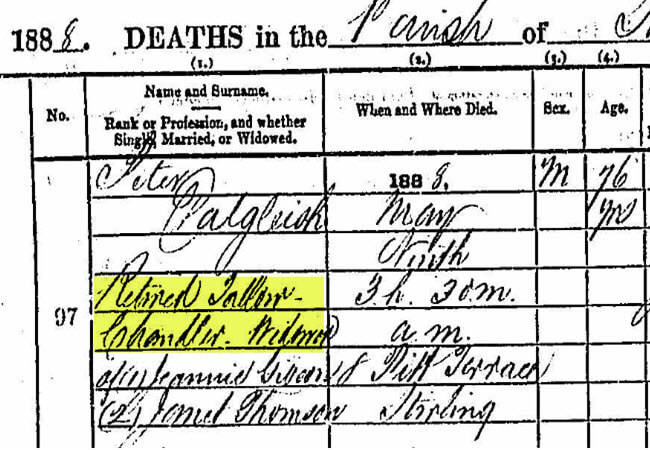
Additionally, it is worth consulting local archives in the area where your ancestor lived to see whether any surviving records relate to this occupation.
Final Thoughts
Although candle making was once an old occupation in Scotland, individuals still continue to practise the craft today as a traditional skill. The work of candlemakers ‘sheds light’ into both the economic history of Scotland and the social lives of our ancestors.
Until my next post, haste ye back.
Enjoyed this post?
Keep up-to-date with my latest posts and tips below:
We hate SPAM & promise to keep your details safe.
Image Credits: Chaoticeminds @ stock.adobe.com, Sarah Smith, ScotlandsPeople.
You may also like...
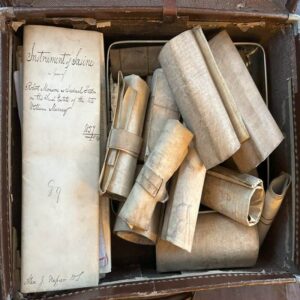
Unlocking Family Tree Secrets
A family tree was brought to life by an old suitcase revealing links to Balvaird Castle, Murrayshall and Scone Palace.
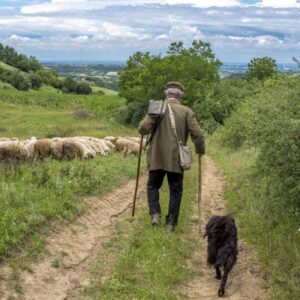
Is your surname Shepherd?
The surname Shepherd is one of the oldest occupational names found in Scotland. As the name suggests, it comes from looking after sheep.
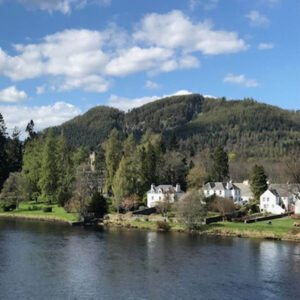
My Ancestor was from Dunkeld Town
Dunkeld town, known as the Gateway to the Highlands, is located on the banks of the River Tay beside Thomas Telford’s bridge.
